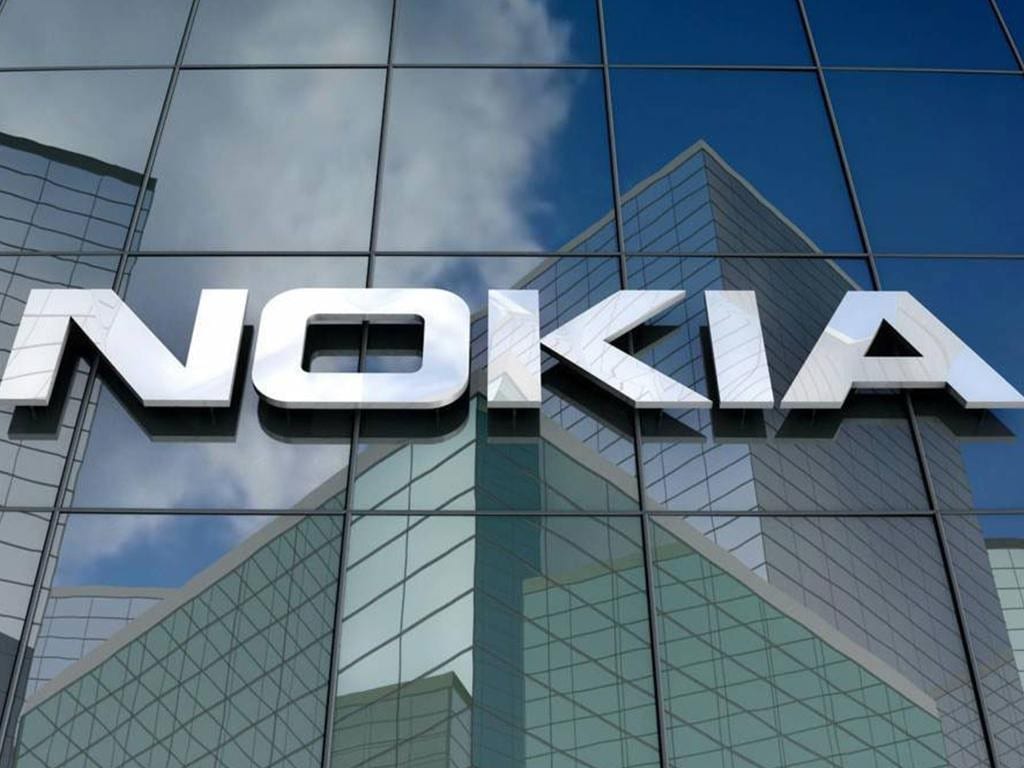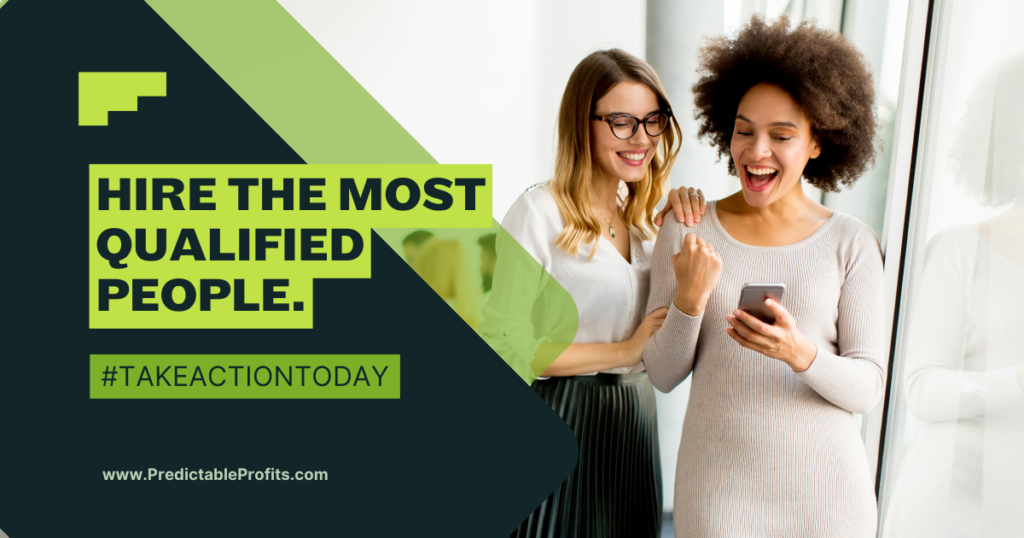Nokia, once a dominant brand in the mobile phone market, struggled to adapt as smartphones became more popular and ultimately lost market share to competitors such as Apple and Samsung.
We can learn much from the negative experience and cascading business failures that resulted in Nokia’s eventual downfall.
Despite its former dominance in the mobile phone market, Nokia’s failure serves as a reminder of the importance of staying ahead of industry trends and continuing to innovate in order to remain competitive.
Despite its former dominance in the mobile phone industry, Nokia’s failure serves as a reminder of the importance of staying ahead of market trends and continuing to innovate in order to remain competitive.
It was October 1998, and Nokia was the industry leader in mobile phone sales all over the world. Since the early days of the mobile phone industry, Nokia had been synonymous with business success and quality products. The phones were available worldwide, covering low-end to high-end prices to ensure customer satisfaction.
By 1999, the company’s profit had reached $4 billion. It seemed that they could do no wrong. Even in June 2007, when Apple introduced the first iPhone, Nokia still retained 50% of the customer base. For a long time, its young leadership led the brand to success through loyal customers and repeat business.
But in 2010, things took a turn for the worse… It took only six years for Nokia to lose around 90% of its market value, and the company never recovered. Critical mistakes led to the mobile phone giant’s fall from grace.
Nokia’s history only serves to prove that no business is infallible, especially in the face of technological progress and changing customer expectations.
What were some of their critical mistakes?
Cocky leadership, a lack of vision, and inferior technology were the unholy trinity of errors that contributed to Nokia’s downfall. They ignored implied customer feedback, lost customer loyalty, and unlike most companies in the mobile phone space, failed to keep up with evolving services and tech. Here’s what you can learn from their biggest mistakes and errors in judgment.
1. Always Account for Customer Expectations.
Even being an industry leader doesn’t guarantee success, as Nokia’s downfall shows. It’s important to continuously innovate and adapt to stay ahead of the competition.
Nokia failed to adapt to changing consumer expectations and reposition itself in the market. After Apple introduced its game-changing smartphone, a large group of consumers saw what the future of the industry could provide. They understood the long-term benefits of developing mobile technology better than Nokia did.
So, here’s one of the first lessons from Nokia that you should learn: never rely solely on your brand’s reputation to retain customers and acquire new ones.
Nokia repeatedly failed by relying on the same inferior technology, despite changing customer needs… All because it knew that most of the target audience still felt very positive towards the manufacturer.
Being an industry leader will only get you so far. Once the demand for your product goes away, your reputation will change for the worse if you don’t adapt quickly… And customer retention (and with it, customer lifetime value) will suffer the same fate.
Demand generation is a hot topic among marketers today. But many people believe that demand geeneation and lead generation are somehow the same thing.
Read more about the difference between the two concepts here in our related piece, “Demand Generation vs. Lead Generation: What’s the Difference?”
2. Marketing is as Important as Your Product.
A strong product alone is not enough to ensure success, as Nokia learned. A solid marketing strategy is just as crucial to reaching and engaging customers.
Nokia never had a strong marketing strategy in the smartphone industry, at least not like its competitors did.
What did Apple and Samsung do? Each year they announced their new smartphone version – with improved features and services. These marketing messages were all about creating anticipation and generating excitement. It kept people interested and attracted new customers.
Another lesson to take away from the Nokia disaster is that marketing is as important as the product itself. Create a flagship product, but don’t forget to position it accordingly.
Even if you only make small improvements to your product over time, strategic marketing can still generate excitement for minor upgrades too.
3. Ensure All of Your Departments Work in Alignment.
In a business context, it means that different departments, subsidiaries, or divisions within a company can work together in a coordinated way to achieve more than they would be able to individually. Companies that can create and maintain a culture of synergy can improve their competitiveness, productivity, and profitability.
Once the competition in the industry got fiercer, Nokia began to crumble from the inside. Different departments stopped coordinating and began competing – and customer experiences suffered because of it.
So, where did Nokia go wrong?
It failed in its organizational structure and interdepartmental communication. Insufficient coordination among departments often leads to a variety of operational issues. In Nokia’s case, it led to many delays in the development of their OS.
Why is this important to you?
Because departments that are out of sync fall behind in their delivery of products, research, upgrades, and more. This leads to losing out to competitors and contributes to a rapid loss of existing customers.
4. Don’t Foster a “Shoot the Messenger” Culture.
The failure of Nokia serves as a reminder that a corporate culture of listening and learning is crucial for staying ahead of the curve. Companies must be open to feedback and willing to adapt to changing conditions in order to remain a competitive brand.
The Nokia leadership that once brought success couldn’t adapt to the new trends. By most accounts, the top managers created a dictatorial culture, rather than an addressing customer needs in innovative ways.
When times get tough, you have to adapt… But before you do that, you need to learn how to change. Always embrace new ideas from employees and nurture a culture of listening and learning.
Remember that the culture doesn’t grow from the bottom up. It’s the other way around. Leaders should establish clear cultural values and lead by example.
Empower your employees and encourage collaboration and innovation. It’s critical in establishing a strong foundation and culture, both of which are building blocks of a strong business and changing with customer needs.
5. Manage Your Company’s Resources.
Nokia’s downfall serves as a reminder that the world is always changing and companies must be constantly assessing their position, exploring new opportunities for business growth. A failure to pivot in response to shifting conditions can lead to a loss of market share and ultimately, failure.
The lack of innovation and understanding at Nokia didn’t come solely from bad leadership decisions and out-of-sync departments. The cellphone maker had experienced massive, rapid growth. In fact, the business model targeted financial growth and not innovation – or evolving buying habits.
Therefore, when it needed to change to meet customer expectations, the company didn’t have the resources to sustain innovation. Nokia didn’t have a vision for the future. Everything was about short-term gains, and nothing prepared them for competing in a new field with new customer needs.
You can avoid this by managing your resources wisely. Assess your position often and explore new directions you could pivot to through market research, customer feedback, focus groups, and beyond.
Even if you don’t make a dramatic shift, it’s still good to know what your options are… And how much you might have to set aside to compete on a different playing field.
6. Focus on Hiring the Most Qualified People.
The success of a company is not only dependent on the products or services it offers, but also on the people behind it. A great hiring process that focuses on bringing in individuals who can solve existing problems and empowers them to take action is crucial to solidifying a company’s position in the market.
Another aspect of Nokia’s failing was not having the right people in the right places. Its top management lacked the technical understanding to compete in the new market, and middle management didn’t have the motivation to make specific issues and customer pain points about their services known.
A company culture based on open communication can solve some of these problems, but it’s not enough for ideas to reach the ears of upper management. Management needs to have an understanding of those ideas, too.
To solidify your company, you need a great hiring process. Focus on people who can solve existing problems, and place them in positions with the power to do something about those problems that create customer churn.
Conclusion
The downfall of Nokia serves as a reminder that a long string of bad decisions can lead to failure, even for a once successful company. But looking back, none of the company’s mistakes were unavoidable. A strong focus on data-driven decision making, thorough analysis, and a holistic approach to assessing risks and opportunities can help a brand avoid similar pitfalls.
There are many lessons you can learn from the fall of the technology giant to ensure your business will succeed in the face of changing consumer expectations, the rise of new businesses, evolving sales trends, and the different products customers truly want to use.








